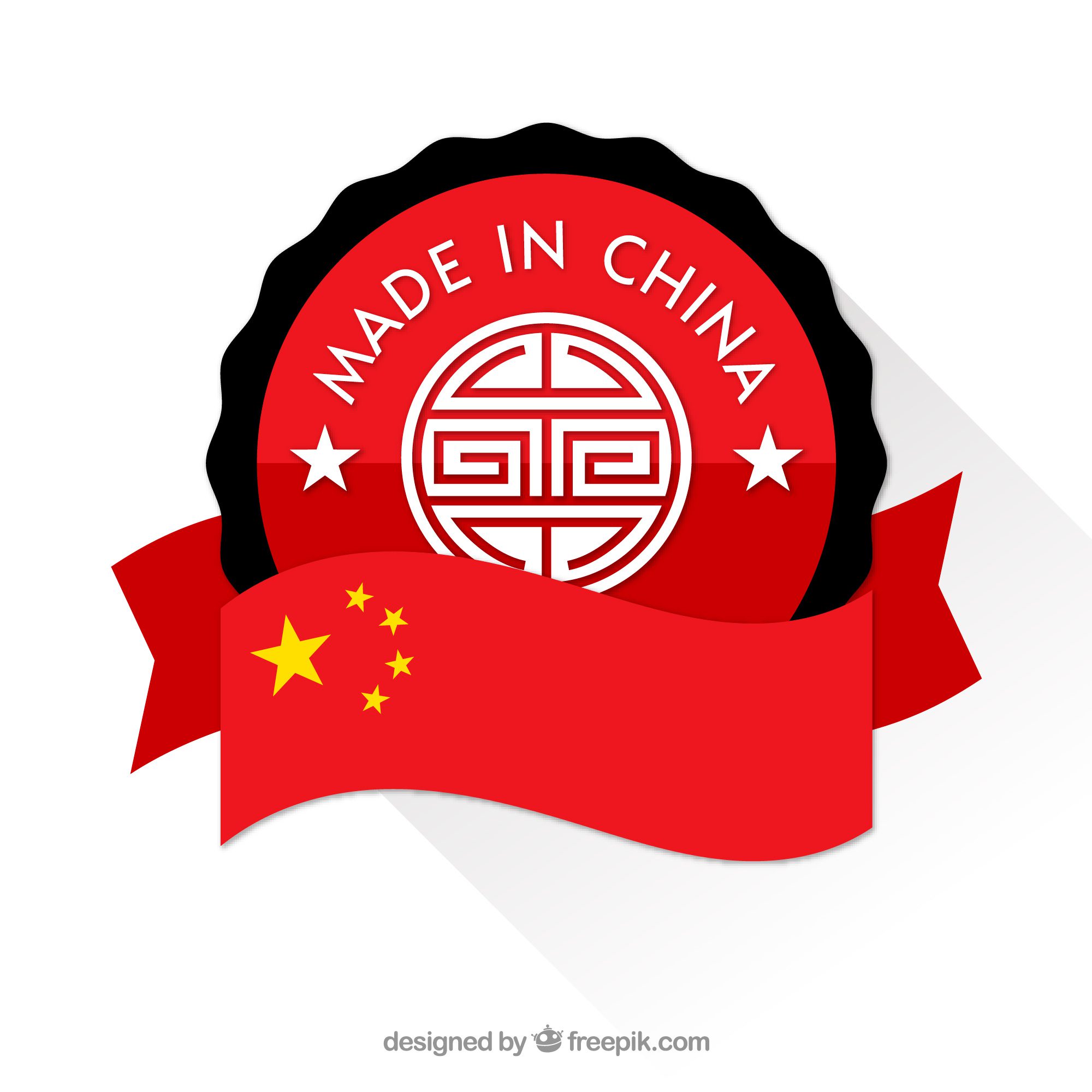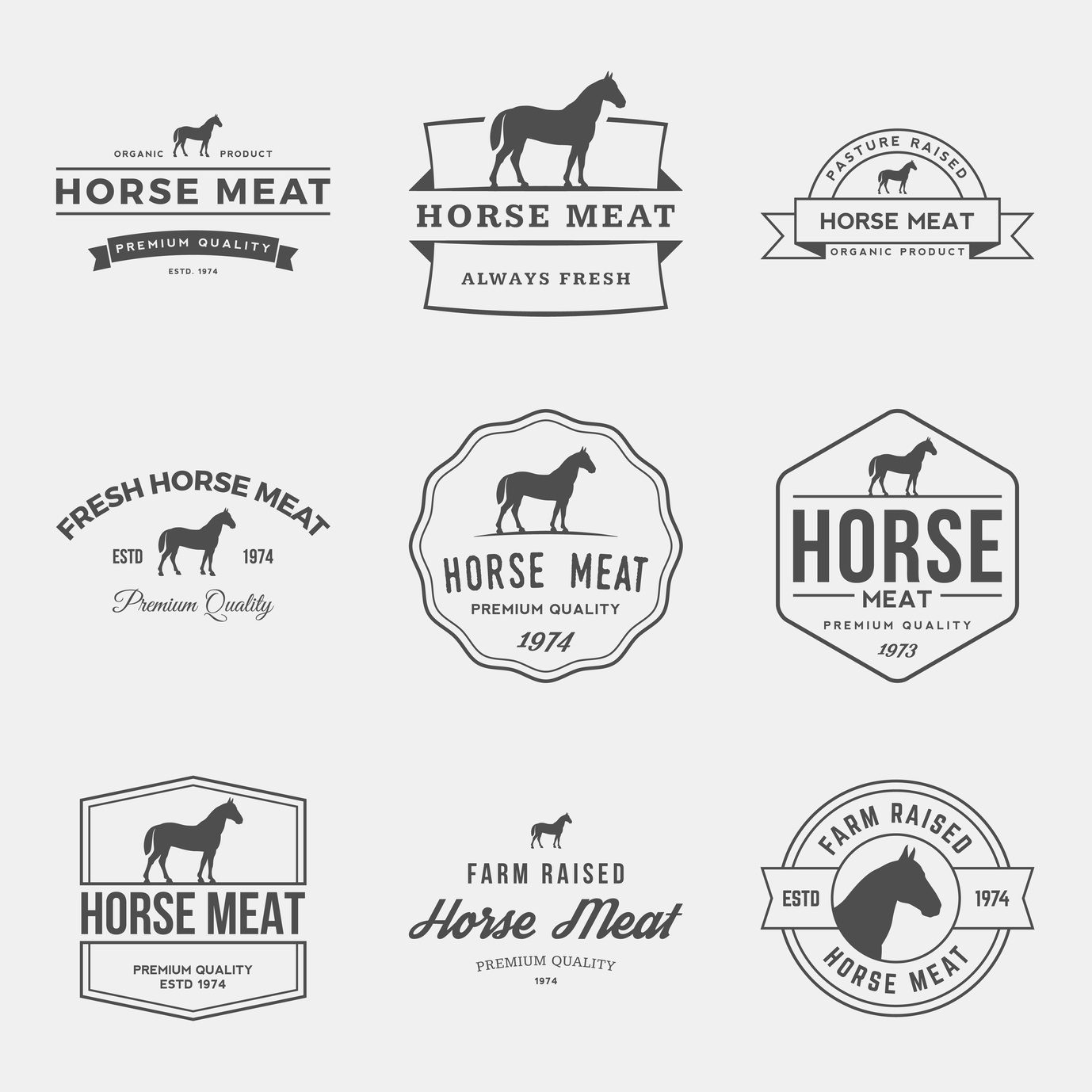For decades, Africa was associated with poverty and helplessness rather than business opportunities and thriving markets. But the reality is evolving, and companies from across industries are increasingly including the African continent in their investment plans. Global FMCG players too have started to set their eyes on this untapped goldmine of opportunities. However, the market is much more complex than its thriving counterparts in Asia and companies must get hold of the market dynamics before entering or they stand the risk of getting their hands burnt.
Some two decades ago, it became apparent to the leading international FMCG companies that many of their core developed markets in the USA and Europe were no longer able to provide sustainable growth, which made them extend their business focus to include developing markets in Asia. While these economies will continue to still generate significant returns for quite some time, many global FMCG giants are already exploring new growth avenues and are turning their eyes towards the African continent. Growing middle class (already accounting for more than one-third of the continent’s total population, it is expected to hit 1 billion people by 2060), paired with accelerating economic growth, large youth population, overall poverty decline, and urbanization trends are the key factors underpinning Africa’s position as the next frontier in the global FMCG arena.
This has already spurred investment activity amongst leading FMCG players. By 2016, Unilever and P&G plan to invest US$113 million and US$175 million, respectively, to expand their manufacturing facilities in the continent. While these facilities are to be developed mostly in South Africa, they are expected to cater to developing markets across eastern and southern regions. Godrej, a relatively smaller India-based company, has taken up the inorganic route to tap this market, by acquiring Darling group, a pan-African hair care company.
Despite luring growth potential offered by the continent, the African markets are much thornier to penetrate than it seems. A shaky political and regulatory environment acts as one of the largest roadblocks. The continent has witnessed 10 coup d’états since 2000 and has been subject to countless changes in business policies resulting from unstable governments. Further, inefficient distribution networks, inadequate business infrastructure, as well as complex and inhomogeneous marketplace housing 53 countries, 2,000 dialects, and countless cultural groups, all cause African consumer markets difficult to navigate through.
Notwithstanding the challenges, the potential offered by the African continent overweighs. Companies, however, must mould their strategies and offerings to the realities of African markets in order to succeed. Here are a few pointers to consider:
-
Bring affordability and quality to the same side of the coin: Contrary to popular perception, the middle-class African consumer attaches much importance to quality and brands. Companies that have long followed the strategy of selling poor-quality products in this market cannot sustain for long. Having said that, affordability still stays as an important factor for the middle-class Africans. To deal with this, companies can look at offering good quality products in smaller packaging, to ensure low unit price. For several years, African consumers have gotten used to buying smaller quantities that could fit their limited budgets.
-
Discard the one-size-fits-all approach: On a continent with 53 nations, companies looking to enter African markets with blanket approach are likely to fail. While South Africa is relatively more developed and has slower growth, markets such as Nigeria and Kenya are developing at a rapid pace, and thus their dynamics differ. Consumer shopping behaviors and patterns also vary. Sub-Saharan nations, in comparison to North African consumers, tend to exhibit more brand loyalty and are more conservative in trying new things. North African countries also present stronger desire for international brands. Thus, it is most critical for international players to identify the characteristics of a particular market that they plan to enter.
-
Locate the right partners: Informal trade dominates African markets making distribution a daunting task. However, this challenge can be turned into an opportunity for companies to improve their competitive edge and bypass the lack of sufficient distribution and retail facilities. In rural areas of Nigeria and Kenya, Unilever has replicated its Indian direct-to-consumer distribution scheme, wherein a host of individuals undertake direct selling to consumers in their communities. Similarly, other companies have posted sales executives with each sub-distributor to manage inventory and brand image. Distribution costs are high in Africa but bearing them is not optional.
-
Move beyond traditional media: TV and print remain a popular and trusted media for advertising to urban consumers. However, owing to their low penetration in rural regions, they have limited impact on rural consumers. This brings forth the need to reach mass consumers through in-store marketing. Over the coming years, companies can also look into mobile advertising as surveys reveal that the number of Africans having access to mobile phones is already higher than those with access to electricity. Mobile penetration in the Sub-Saharan Africa stood at 57.1% in 2012 and is expected to reach 75.4% in 2016. This promises a gamut of mobile marketing opportunities for consumer companies.
-
Deal with infrastructural woes and innovate to compensate: Power outages, poor transportation, and limited access to cold storage facilities make public infrastructure undependable for businesses. Thus, companies must be open to invest in own power generators and water tanks. Innovations at the product end may also help overcome infrastructural limitations. For instance, Promasidor, an African food company, uses vegetable fat instead of animal fat to extend its milk powder’s shelf life when stored without refrigeration. While spending on infrastructure heavily increases costs, it can provide companies with a competitive advantage in the longer run.
-
Invest in personnel management and grow new talent: The fear for personal safety among foreign nationals and lack of skilled professionals within Africa makes recruitment a challenging task, especially for mid- and top-level management. Tapping into African diaspora located throughout the world comes across as a win-win solution. Moreover, providing training and management courses to local graduates allows addressing personnel needs over long term.
The African market can be a goldmine for FMCG players, if entered cautiously. However, the same can become a landmine, if proper investments and planning are not undertaken. Despite the present challenges, increasing number of companies will be looking into Africa, however only few will have the skill set to translate this opportunity into a great success.















